Air/Mold Testing
Indoor air quality inside your home/commercial space is never going to be 100% clean. However, if it causing respiratory issues then you should seek to have air quality testing done by an I.E.P. (Indoor Environmental Professional). Children, seniors, and small pets are usually affected before the average healthy adult.
Air Quality testing is done by using the latest technology determining the presence of mold growth, types of molds, and the airborne mold spore concentrations by collecting samples from the indoor and outdoor air. There are two types of mold spores: viable & non-viable.
Viable mold spores will grow if given the right conditions. Non-viable will not grow even if the right conditions are there.
When it comes to the sampling process there are many ways to test for mold. The most common is spore trap sampling. This process entails pulling air particles into the air cassette at 15 LPM for 1-10 minutes (clean environments) and 5 minutes in high mold activity areas.
At a minimum sampling should be collected in a complaint area, non-complaint area and outdoor setting for comparison. Sampling measures mold spores, pollen skin fragments, fibers, and inorganic particulate with an air-o-cell cassette.
Surface sampling may be collected on a discolored surface to confirm that there is mold growth. Such methods are swabbing the affected area or using a tape lift.
Dust sampling is another useful method on carpet using a dust cassette.
Bulk sampling is done by removing a piece of affected material & sending to the lab for analysis. Preferred on porous surfaces such as: carpet, insulations, fabrics, fiberboard, oriented strand board (OSB) leather, & drywall.
After samples are collected we send them to a third party, accredited microbiology lab to be analyzed under the microscope by microbiologists. Once air quality is determined, a report is created showing exactly what is in the air and how to get air quality back to normal conditions.
Inspection
Providing a visual inspection to your home/ commercial space of areas that may be affected by mold growth. Provide detailed reporting of the source causing issue and how it can be remedied.
Mold Inspection/Air Quality testing is needed when you notice the following:
-
A musky odor
-
A growth on a material that you suspect to be mold but are unsure. This type of growth can be found on drywall, flooring, baseboards, and air ducts.
-
Begin to experience uncommon allergic reactions such as coughing, sneezing, skin irritation, eye irritation, difficulty beating, and asthma.
-
Detect moisture/dampness/humidity problems inside residence/commercial space.
-
Are purchasing/selling a home
-
Pre/Post remediation work
Types of Fungal Conditions
Condition 1 (normal ecology):
May have settled spores, fungal fragments or traces of actual growth that are a normal fungal ecology for an indoor environment.
Condition 2 (settled spores):
Indoor environment which is primarily contaminated with settled spores that may have traces of actual growth.
Condition 3 (actual growth):
Has the presence of actual mold growth & spores. Actual growth includes growth that is active or dormant, visible or hidden.








